Total Pageviews
Popular Posts
-
Samantha Ruth Prabhu is an Indian film actress and model who appears in Telugu and Tamil films. Born to Malayali and Telugu parent...
-
Alia Bhatt wears Velvet and georgette dress, by Nikhita 'Landy' striped silk-ribbon gown, Alice + Olivia by Sta...
-
Engineering Technician (Petroleum) This is a great opportunity for those desiring the challenge of the fast-paced o...
-
1. Deepika Padukone DeepikaPadukone, daughter of celebrated badminton player Prakash Padukone, isone of the most preferred model...
-
The ad urges you to run for life, climb, glide, breathe and jump. I am serious. The corny copy apart, this is a well-executed film ful...
-
It is important to pay attention to what we eat to keep our skin clean and not too oily. Acne usually occurs when we are teenagers and e...
-
The Bagh Ibne Qasim is located in Clifton, Karachi, Sindh, Pakistan. Inaugurated by President Pervez Musharraf on February 27, 2007, Pakis...
Followers
Home » Health
15 Energetic And Healthy Foods For Kids
Monday, October 15, 2012
Amazingly
nutritious foods you should always have in your kitchen and fridge and
how to serve them so your child will eat them without a fuss.
1. Tomatoes
This one wins hands down because every tomato packs a big dose of
lycopene, an antioxidant related to lower rates of cancer and heart
disease. Tomatoes also contain loads of vitamins C and A,
disease-fighting phytochemicals, and a fair amount of fibre especially
in our diet in which tomatoes are exceeded only by potatoes! If your
child won’t eat them fresh, grill them lightly with a little oil
lycopene absorption is actually greater when tomatoes are cooked.
2. Paneer
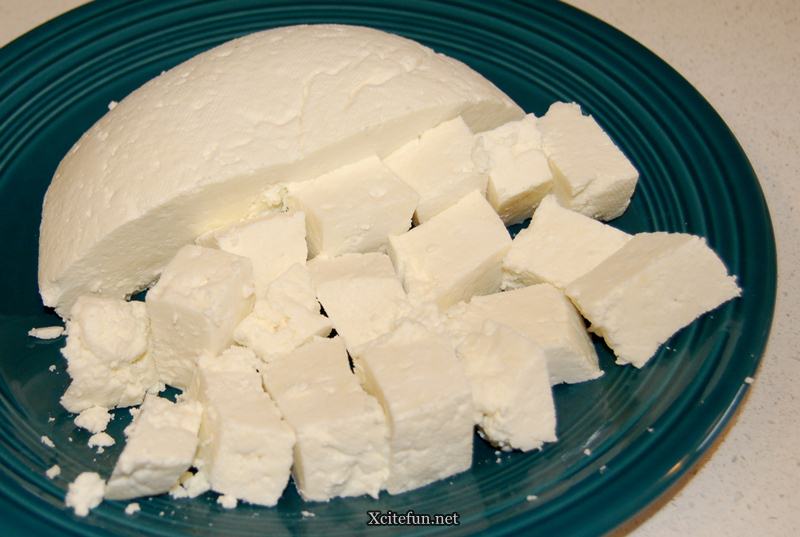
paneer or cottage cheese is a mighty source of milk protein, besides
calcium, iron and vitamins A and C. It is also not so high in bad
cholesterol levels and saturated fats. The calories your child gets from
paneer depends on how it is cooked: Served in a salad or lightly
sautéed it is low in calories, but if fried, it can be calorific.
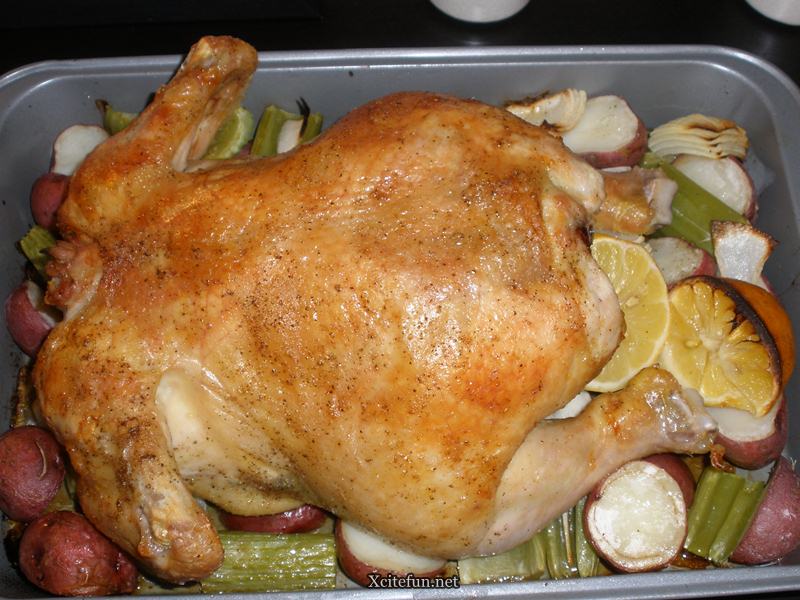
Meat is the preferred source of protein for non-vegetarians and a lean
white meat like chicken is the top choice: It has lower levels of
cholesterol, saturated fats and trans-fats than red meats. It is rich in
iron and a good source of vitamins A, E and K, some B vitamins, along
with minerals such as iron, calcium and sodium. And chicken is a
favourite with children.
4. Wheat Chapattis
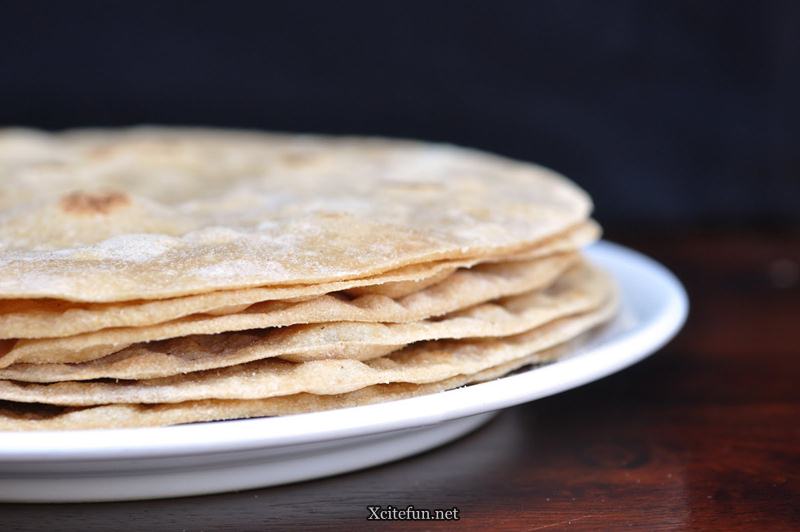
Whole-wheat flourWhole-wheat chapattis are an important source of
energy, carbohydrates, protein and fibre. They also contain a range of
nutrients such as vitamin E, some B vitamins and minerals including
sodium, iron, calcium, magnesium and zinc. With almost no saturated fats
or cholesterol, they can be eaten with a meal or in a snack.
5. Bananas
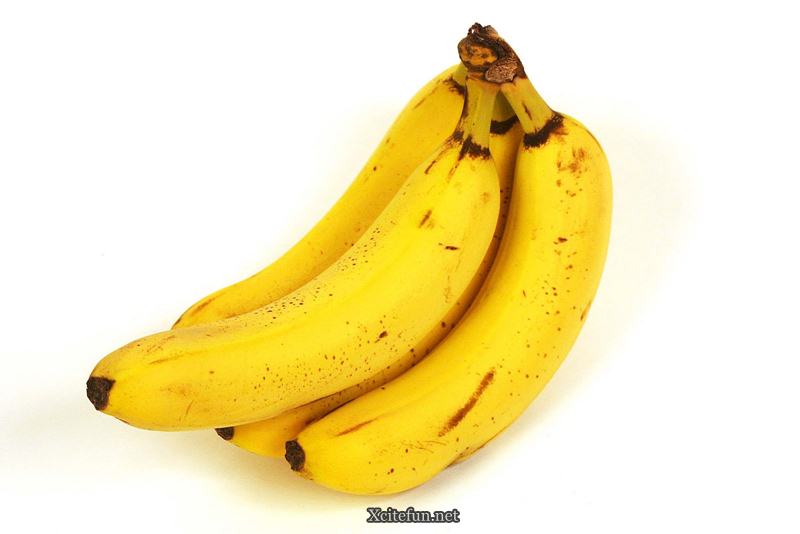
Bananas are nutritional powerhouses, bursting with potassium, fibre and
vitamin C. They also contain beta-carotene, a range of B vitamins,
calcium, magnesium. They have no saturated fat or cholesterol. Contrary
to popular perception, they are also low in calories (only 100 in a
medium banana). They also contain pectin, a type of soluble fibre, which
is believed to help lower “bad” cholesterol levels. A single banana has
1-2g protein and 30-36g carbohydrate and so can be considered as a
complete nourishing meal in itself. The high levels of natural sugar in
the banana provide an energy boost and the potassium in it is essential
for muscle and nerve performance.
6. Orange
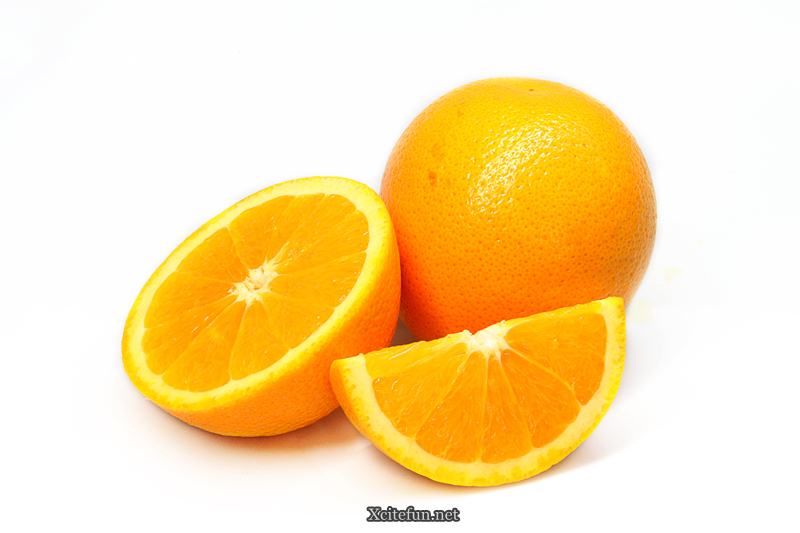
Orange juiceOrange juice is full of vitamins A, C and E, many B
vitamins, folic acid, calcium and other essential minerals as well as
phytochemicals. It is now being fortified with Omega-3 and Omega-6 fatty
acids that are healthy for the heart. However, a glass a day is enough,
or you may pack in too many calories.
7. Milk and Oat

whether made of oats or dalia, is a great start to the day for your
child as it’s high in carbohydrates and fibre and low in saturated fats.
This high-energy food is filling for the stomach and is good for your
child’s metabolism. Besides, porridge provides calcium, phosphrous and
protein for the growth of the bones. For making a more wholesome meal of
this morning energy-booster, you can also add fresh or dried fruits and
nuts to your child’s porridge. Leave the sugar out.
8. Fruit-veggie Salad
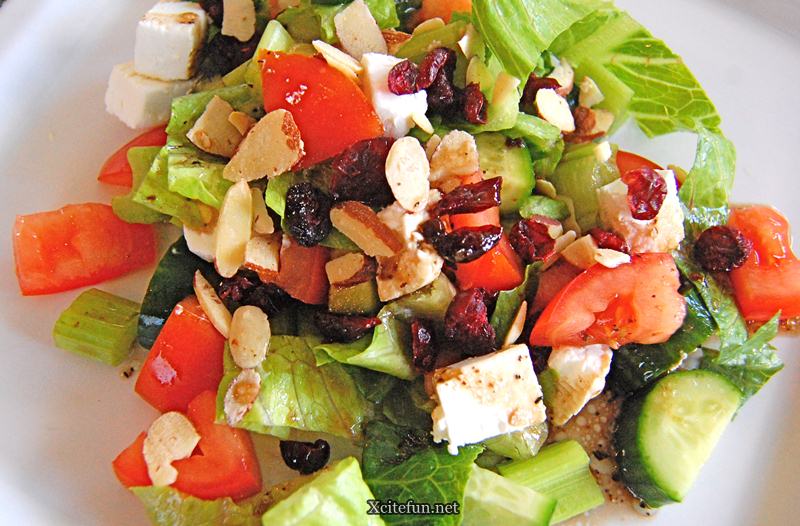
Fruit-veggie chaatChop a banana, a boiled potato and a tomato into a
bowl, sprinkle a little chaat masala and a dash of lemon juice and what
you have is a tasty treat full of vitamins, antioxidants and lots of
power packed energy for your child. You can add peanuts for a crunchy
zing. It’s a quick, nourishing snack for any time of the day, with all
the goodness of bananas and tomatoes, plus the added appeal of potatoes,
which most children relish.
9. Flavoured yogurt
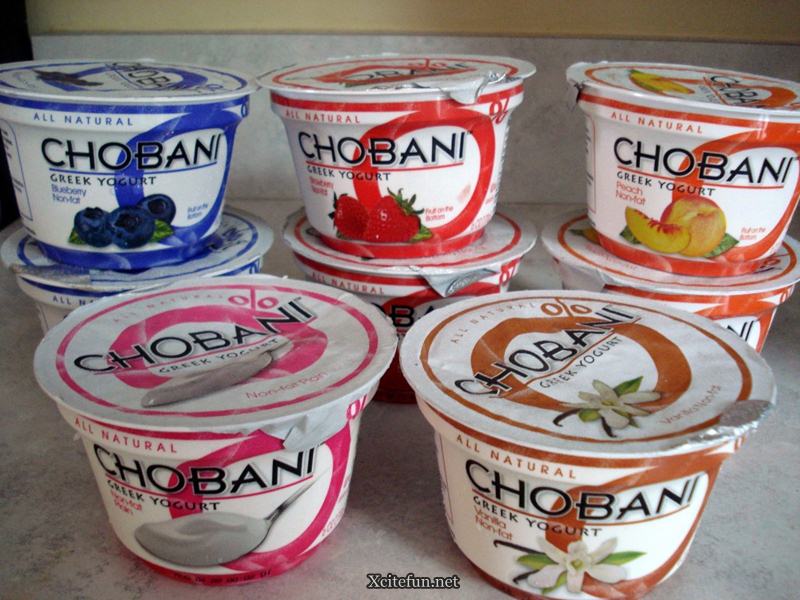
Fruit-flavoured yogurt smoothie (straight or frozen somewhat like a
sorbet) is full of calcium, protein and loads of probiotics. Yogurt is
also low in calories – just don’t add too much sugar to it. Sweetened
yogurt preparations are an ideal substitute for ice creams, making a
wholesome, nutritious treat if your child has a sweet tooth.
10. Almond

Almonds are the stars of the nut family. Rich in heart-healthy
phytochemicals and vitamin E, they also have B vitamins, fibre and
calcium. They lower bad cholesterol and boost good cholesterol levels,
and are an excellent source of Omega-6 fatty acids and proteins. Whole
nuts can be a chocking hazard for children under 3 years, so grind them
fine
11. Amla
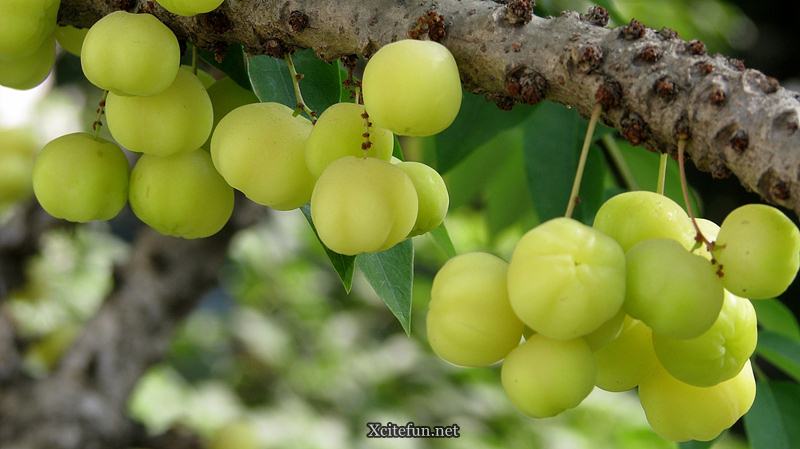
It’s the miracle fruit, though it has to be disguised because it’s very
sour and has a bitter edge. Amla has anti-ageing and immunity-enhancing
properties, that make it a very important food for children. Ayurvedic
practitioners have used it for treating a range of ailments such as
indigestion, fever, liver problems, anaemia, hay fever, arthritis,
cataract and even cancer.
12. Spinach
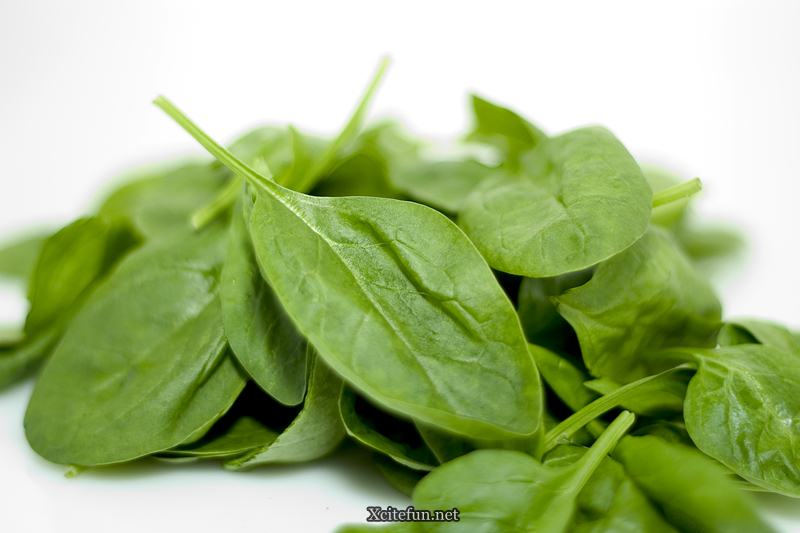
Spinach Popeye’s
favourite is jam-packed with iron, vitamin A, C and E, protein, and
folic acid, besides calcium and fibre. Sneak it into a pasta sauce,
puree it into a tomato sauce or shred it into dal.
13. Fenugreek
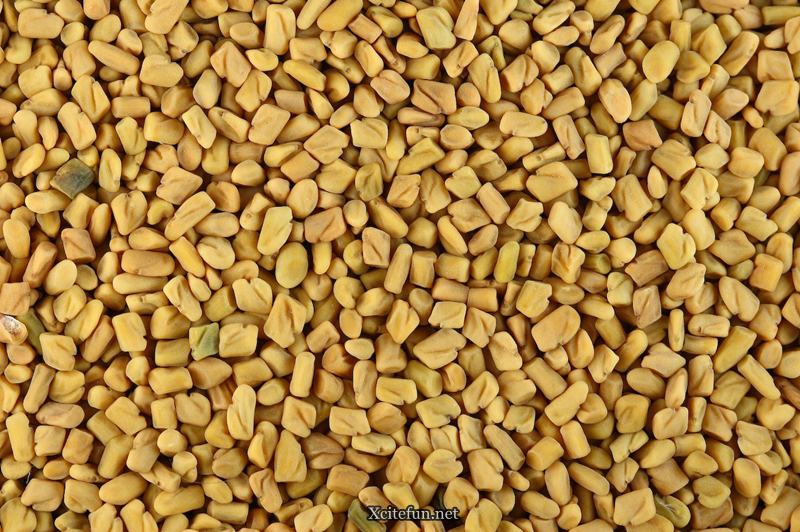
Fenugreek is rich in calcium, iron, vitamins C and A, and sodium. It’s
also a good source of fibre. Because it is a little bitter, it’s best to
use a little at first to develop your child’s taste buds.
14. Carrots
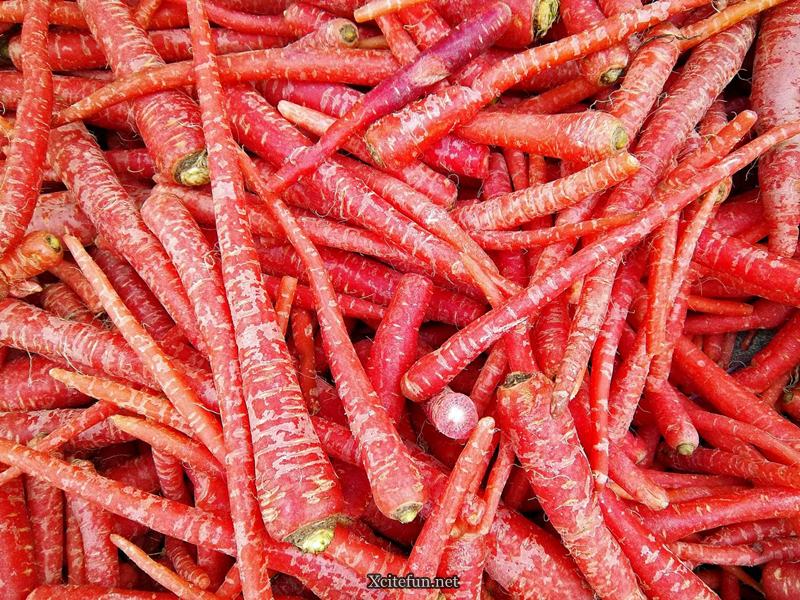
Carrots are nature’s wonder drug, for the beta-carotene that turns into
vitamin A in the body. They are rich in vitamins A, C and E, some B
vitamins, and minerals like calcium, potassium, copper, iron and
magnesium.
15. Peanuts
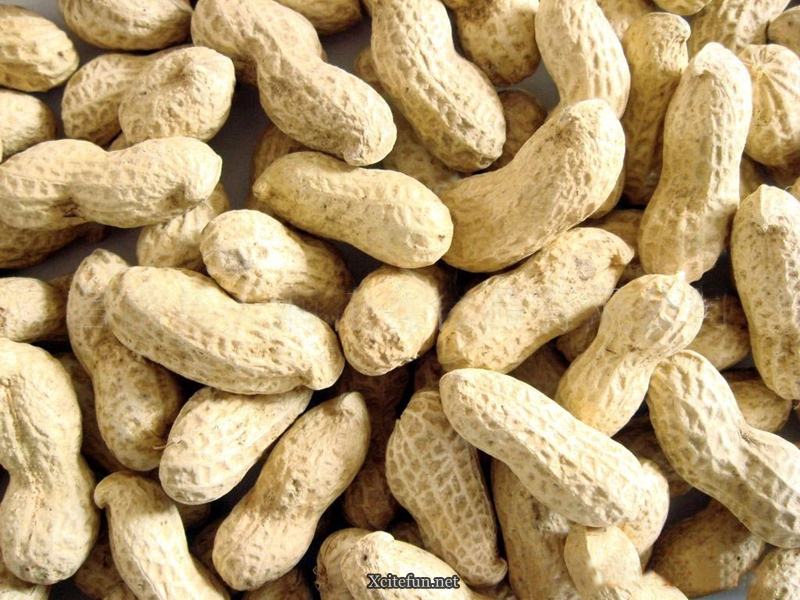
peanuts is a good sources of high-quality protein and essential
minerals. While dal in some form is a regular at Pakistani meals peanuts
boost the crunchiness of salads.

Labels
Acne
Alvin-Tan
Amy-Jackson
Anjali-Damania
Apps
AR-Rahman
Australia
Bagh-e-Jinnah-Park-Lahore
Bagh-Ibn-e-Qasim
Barcelona
Bike
BJP
Budget
Cameras
Cave-Temple-Indonesia
Chitrangada-Singh
CSK
Dark-Skin
Dead-Acacia-Trees
Deals
Dia-Mirza
Economy
Entertainments
Evelyn-Sharma
Exclusive
Food-Drink
Gaming
Gauhar-Khan
Gold-Price
Haripriya
Health
Home-Entertainments
Hotels
Hrithik-Roshan
Internet
Jobs
Kajal-Agarwal
Kangana-Ranaut
Kareena-Kapoor
Katrina-Kaif
Katy-Perry
Kingfisher
Laptops
Life-Style
London
Madhurima
Malala-Yousafzai
Malvika-Raaj
Manmohan-Singh
Maruti-Alto
Mathew-Hayden
Mobiles
Mouli-Ganguly
Moustafa-Ismail
Narenra-Modi
Obama
Oresund-Bridge
Pataudi-Palace
Piedra-Del-Penol
Priyanka-Chopra
Rahul-Gandhi
Rape
Real-Estate
Recipes
Roshni-Chopra
Sachin
Sachin-Tendulkar
Safari-Storme
Saif-Ali-Khan
Samantha
Sapporo-Snow-Festival-Japan
Sarah-Jane-Dias
Sensex
Shazahn-Padamsee
Shruti-Hassan
Social-Networking
Socotra-Island
Sony-VAIO
Sports
Steelers
Student of the Year
Sulagna-Panigrahi
Surveen-Chawla
Tablets
Taobat-Neelum-Valley
Technology
Telecom
Tragedy
Travel
Undersea-Tube-Tunnel
Vivian-Lee
Whitehaven-Beach
Whitsunday-Island
Yami-Gautam
Yash-Chopra
Yuvraj-Singh
Zarine-Khan













Eating these healthy food items will provide you with some good nourishment which is beneficial for your health.
ReplyDelete